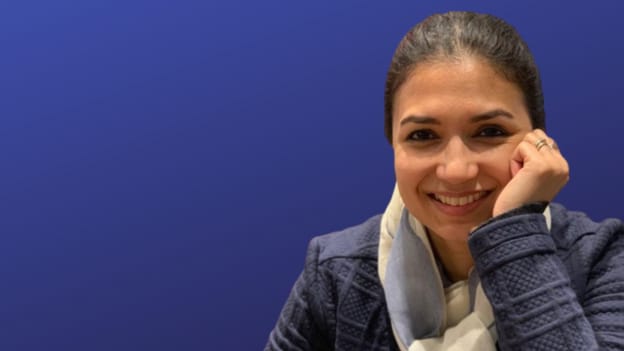Building internal talent continues to stay ahead of buy: Lowe’s India’s Anneka Darashah

Anneka Darashah is the Director of HR at Lowe’s India. She is responsible for the HR Business Partnering function at Lowe’s India. In her role, along with a strong team of seven, she is focused on building out the HRBP function, strengthening stakeholder partnerships and enhancing the value-addition for businesses in helping them drive their talent strategy. Her experience across 19 years spans talent strategy, consulting and its implementation in global organisations in IT/ITES and Consulting. She has previously worked with EY, ANSR and the Latin-American-based Falabella Group as Head HR for their India GCC. Anneka is passionate about growing organisations, and teams are driven by purpose and a culture in which values are core.
In conversation with People Matters, Anneka shares her take on the critical competencies for effective hybrid leadership, how organisations can curate a robust internal talent-building strategy and the importance of a one-team mindset.
What are the critical competencies of effective leadership for companies with a multi-geographic presence such as Lowe's?
For an organisation with a multi-geographic presence, leaders need to have a global mindset and openness to different perspectives for better collaboration. As one grows into leadership roles, competence remains essential, but other facets of leadership come to the forefront. In diverse organisations, self-awareness, cultural sensitivity, effective cross-cultural communication, openness to doing things differently, new ideas and ways of working and thinking, collaboration, and partnership play a significant role.
Here at Lowe's, we invest in our leadership development with several learning interventions through the leadership journey. Removing unconscious bias becomes the starting point to help leaders and associates understand the impact of the different biases they may have in their personal and professional lives. Once that’s out of the way, we combine experience sharing and social learning engagements with a critical focus on developing camaraderie, trust and respect to develop our leadership team further.
What is your opinion on the build v/s buy approach when finding the future leadership bench?
Building internal talent continues to stay ahead of buy. An integral and critical element for talent within the organisation links back to their succession planning and career growth. Focused development opportunities enable internal talent's growth into critical organisational roles. Keeping with the ethos and culture of the organisation and in-depth knowledge of the business aids in building the edge. However, based on the role/business focus areas, we also assess the need for external talent to infuse different perspectives into the mix.
When it comes to building leaders from within, what are the critical elements of training future CXOs?
Building leaders from within allows internal talent to work on high-impact and high-visibility projects, drive interactions with CXOs and build external networks. It also aids organisations in amplifying multi-geography experiences and focusing on diversity and inclusion. We did this through multiple learning interventions, experience-sharing sessions, team assessments and social learning engagements. Skills are the new currency, and embracing a continuous learning culture is the only way forward.
With key leaders spread across geographies, how do we strengthen collaboration when designing people and business strategies?
Strengthening collaboration and partnership starts with a deliberate focus on knowing that a key partner on the other side is as invested in building great people and business strategies as you are. It all comes down to putting the organisation and its people ahead of the function represented by the leaders. Yes, some tools and technologies enable better work collaboration, but in my opinion, it starts with the mindset of being one team. Roadblocks are many, and the most obvious is geographic, but the intentional effort to build trust with the partner and not lose sight of the bigger picture will help overcome these roadblocks.
What are some words of advice you would share with leaders on managing remote teams and creating the right hybrid work culture?
Leaders need to be more connected, empathetic and authentic. And it is essential for them to continuously build a sense of belonging to the larger team and the organisation by bridging its values, vision and business strategy. Through the pandemic, many have switched jobs and mainly joined virtually–in such a scenario; it is easy for them to feel detached and not have a strong connection with the company. Here leaders will have to play a more significant role in engaging their team members by bringing a sense of ownership, empowerment and connection of the associate's role to the larger organisation's goals.













